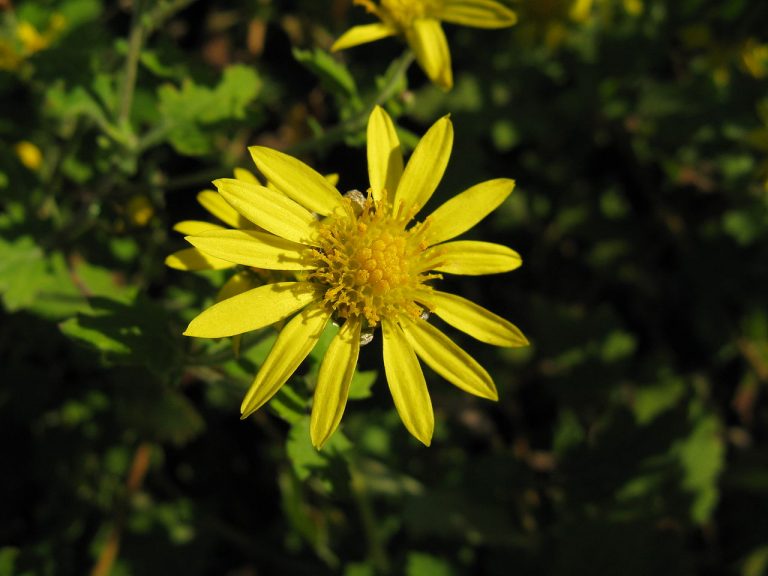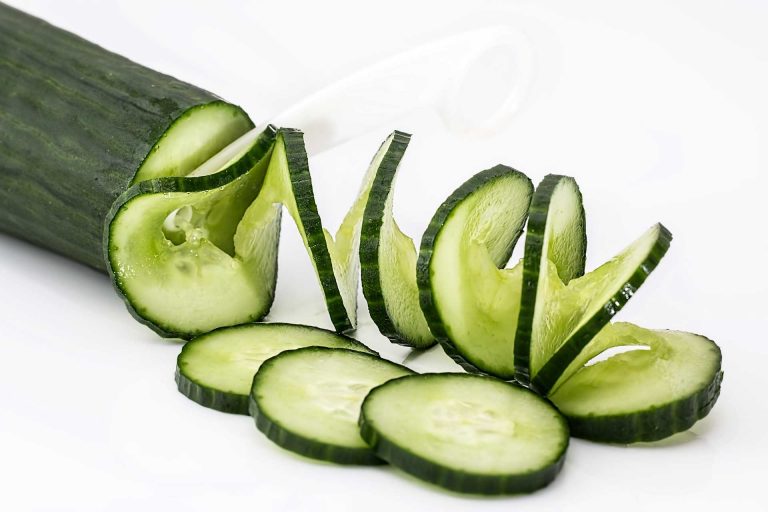Aloe Vera
Scientific Classification
| Kingdom: | Plantae |
| Clade: | Angiosperms |
| Clade: | Monocots |
| Order: | Asparagales |
| Family: | Xanthorrhoeaceae |
| Subfamily: | Asphodeloideae |
| Genus: | Aloe |
| Species: | A. Vera |
| Binomial name: | Aloe Vera |
Aloe Vera belongs to the group of succulent plants, and is a member of the Xanthorrhoeaceae family. This species of succulent plant have been used popularly in making herbal medicine since ancient times, around 1st century AD. It is believed to have soothing, rejuvenating and healing properties due to which, the extracts of this plant is still widely used in industries making cosmetics and medicinal products.
Description
The Aloe Vera plant is stemless, or sometimes has a very short stem, and it grows around 60 to 100cm in height. It produces offsets that spread around the parent plant. The leaves are very thick and fleshy, seen in grayish green or dull green color. Some varieties of species show white colored flecks on the surface of the upper and lower part of the stem. The leaves have serrated margin with small teeth in white color. This plant blooms in summer, and the flowers are seen on a spike of 90 cm length. Each flower grows about 2 to 3 cm long with a tubular corolla in yellow shade. Similar to the other species, Aloe Vera also forms a symbiosis termed as “arbuscular mycorrhiza” that allows the plant to absorb all the nutrients of the soil. The leaves of Aloe Vera contain phytochemicals such as Polymanas, Acetylated Mannas, Entrance, Anthraquinone Cglycosides and other Anthraquinone like Emodin and several Lectins possibly used in bio-activity.
History
The past generation records indicate about the rich history of Aloe Vera. The first use of Aloe Vera is recorded in Egypt, where many cultures considered it as auspicious and some treated it like a god. The Egyptian Mahometans considered the Aloe Vera plant as a symbol of their religion, and they followed the belief that hanging this symbol in the doorway would keep away the evils and bad spirits. The people of other countries like Mesopotamia, the current Iraq used this plant to prevent the evil spirits from entering their residences. Many medicinal qualities of Aloe Vera have earned it a name “Plant of Immortality”. It was believed to be an effective treatment for tuberculosis, though there is no medical evidence to prove it.
Habitat
Aloe Vera can be found in relatively dry and warm climate, where it can acquire the full sun. It grows in the areas situated in South Africa, South Australia, Mediterranean regions of Europe and Africa and in South America. The actual habitat includes woodland, scrub and Mediterranean forests.
How to Grow at Home
Soil
Aloe Vera prefers a dry condition for thriving; hence a wet and soggy soil cannot suit this plant. The soil suitable for this plant must have more draining capacity. Either you can use cactus potting mix or prepare your own mix by blending an equal proportion of soil, gravel and sand. The presence of sand in the soil helps to drain the excess water easily. But make sure the sand is river sand and not the beach sand. The pH level suitable for this plant is 7.
Water
Aloe Vera requires daily watering, as they grow in dry areas. But the quantity should not exceed, as they do not do well in soggy soil. The soil should dry up to 3 inches minimum between the watering. During the cold period, watering twice or thrice in a month will be sufficient, as this plant can store water in its leaves. After planting the Aloe Vera, do not water them for the first few days, till they restore the roots that have damaged while planting. If you water the damaged roots, it will lead the roots to rot. For the first and second watering, use very little water to avoid over watering, which causes the leaves of the Aloe where to turn yellow and fall apart, whereas less watering causes the leaves to grow thin and curly.
Temperature
Aloe Vera prefers hot and dry climate. The perfect temperature for a healthy growth of Aloe Vera is between 70 and 80 degree F. Sun light is also an essential aspect in the healthy growth of this plant. Hence, place this plant in a sunny location for at least 8 hours. If you keep this plant indoors, make sure to place it outdoors in the daytime or at least near the brightest window. Lack of sunlight causes the leaves to grow low and flat, whereas it should actually grow upwards and outwards. Sometimes this hardy plant gets affected from the sunburn; the leaves can turn brown as a consequence. Hence avoid placing them directly under the early afternoon sun.
Planting
Aloe Vera is an easy to grow plant, provided you get an idea of the exact level of water and temperature required by this plant. Unlike the other succulent plants, Aloe Vera cannot be propagated from a leaf cutting; instead, the younger plants formed under the parent plant are detached and grown in a separate pot or space. The young plant should be at least 3 inches in length or 1/5th of the adult plant size to propagate. While planting, bury the root ball in the soil, and make sure that none of the leaves are covered under the soil or even touch the soil, or else it may cause the leaves to rot. Keep some pebbles near the plant to give support because the roots of the young plant are too tender to support the plant. Water the plant after a few days. Fertilizers are not really important for this plant, but if you prefer, then use a low nitrogen, low phosphorus and high potassium fertilizer in the ration of 10:10:40, only once in a year at the end of spring.
Care
Care must be taken to provide the exact level of water, temperature and type of soil or it may hinder the Aloe Vera’s growth. Regularly, clear the grass or weeds under the plant, and carefully pull the weeds because the soil near the plant is sandy and loose, due to which, vigorous pulling of weed can damage the roots of Aloe Vera. While separating the young plant from the adult one, use a sanitized knife to prevent any infection to the plant.
Pest and Diseases
The Aloe Vera plant is affected by numerous diseases like Aloe Rust, which is caused due to fungus, and it may hinder the growth of the plant. The leaves get yellow spots on the surface that expands and later turns into brown shade. The underside of the leaves is also seen with orange spores. The other disease is Basal Stem Rot, which is again caused due to fungi. The base of the plant turns into reddish brown or black color and causes rotting. Aloe Vera is also harmed by Bacterial Soft Rot Disease, which causes the leaves to wilt, collapse or bulge due to the formation of gas. It is caused due to bacteria.

Having discovered a fondness for insects while pursuing her degree in Biology, Randi Jones was quite bugged to know that people usually dismissed these little creatures as “creepy-crawlies”.







